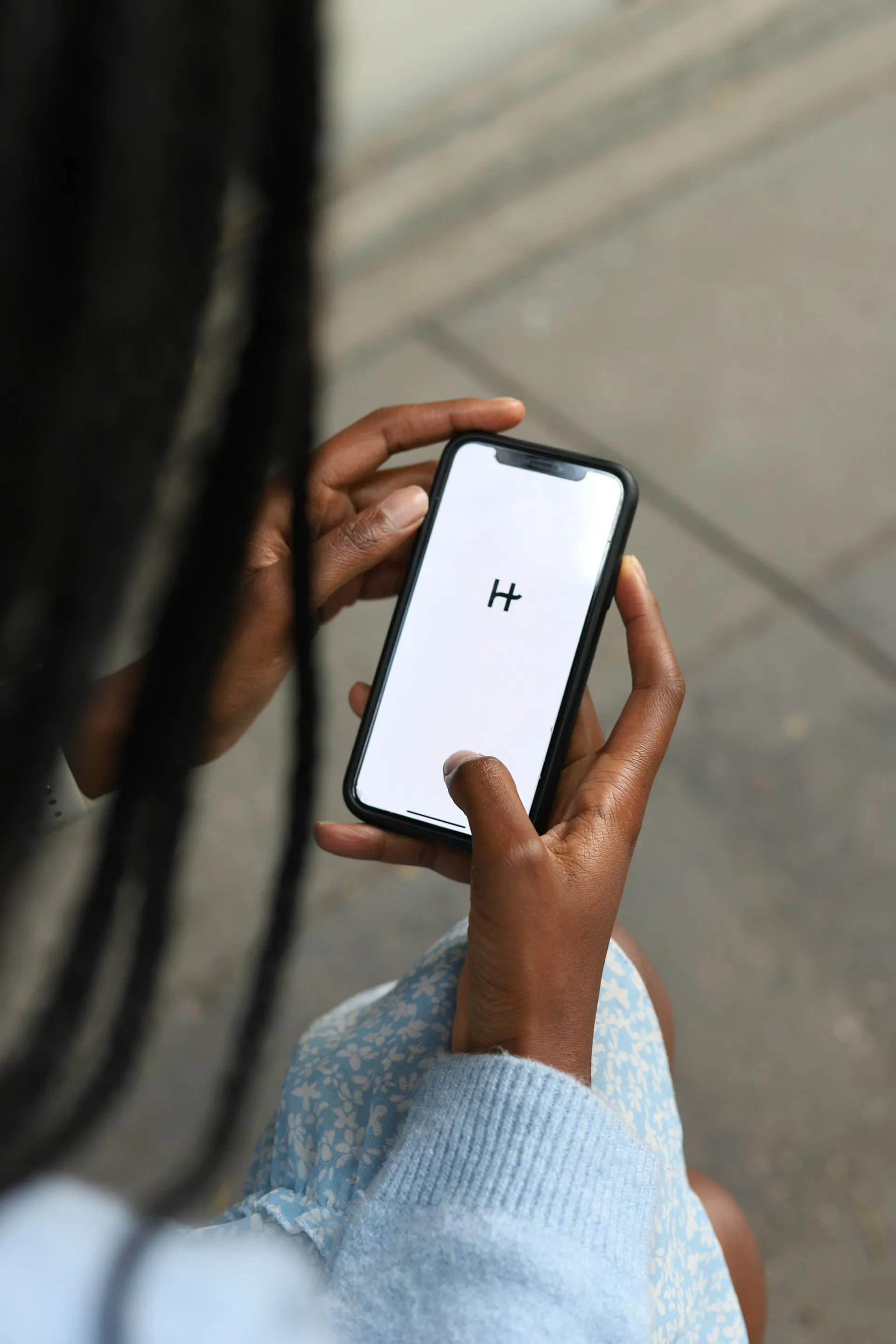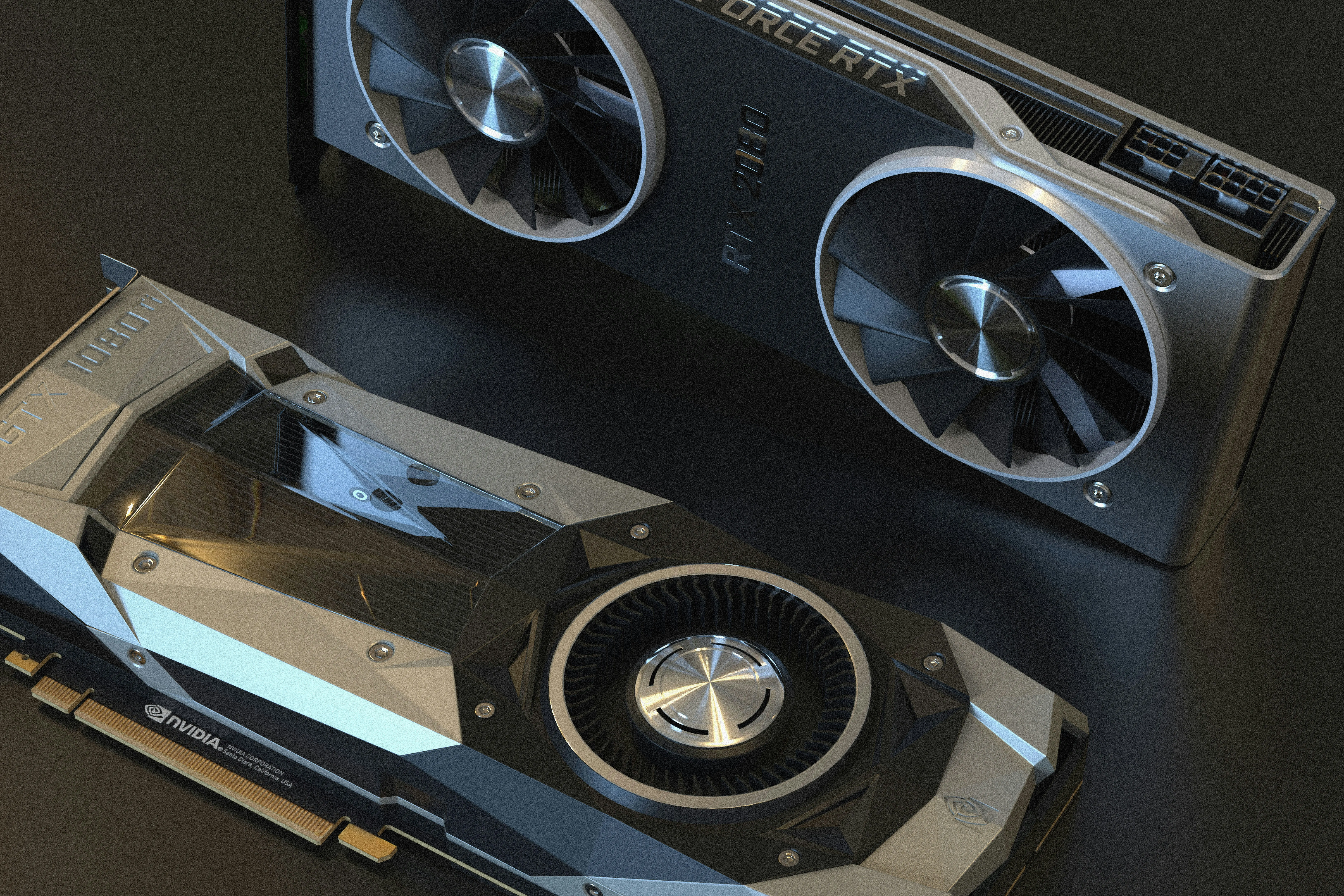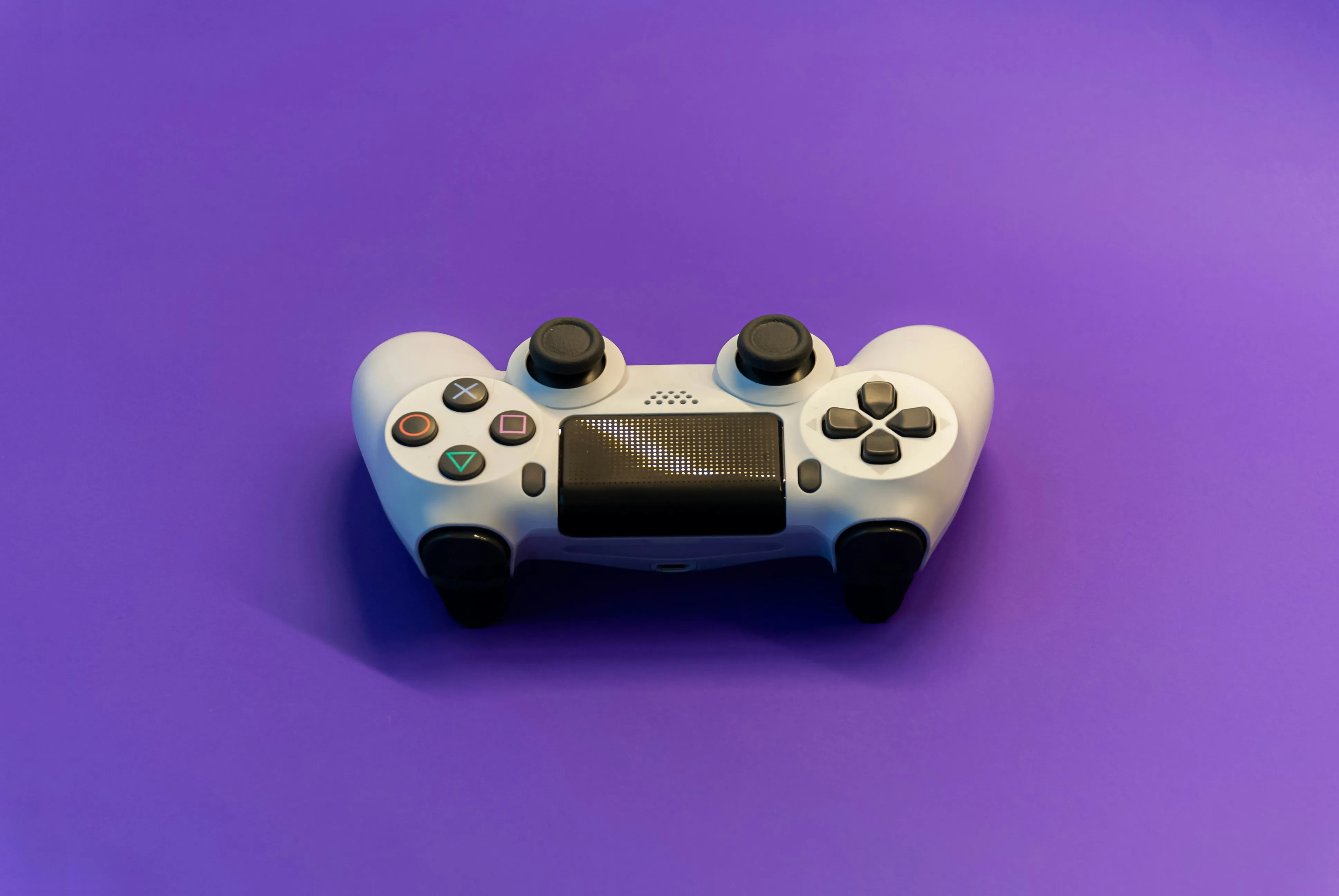
Two years ago, driven by a good friend of mine i decided to give it a try on timelapse photography. I had a DSLR camera but didn't had an intervalometer, so i assembled a small electronic circuit on top of an Arduino Uno, made some basic code and did my first timelapse movie. The result was awful, but for some reason I was hooked.
Since that day I have never stopped looking for ways to evolve. I studied and tried various techniques until i got better. But, as i got better i felt something was missing. I needed motion control to give my timelapse movies a cinematographic feel. So, i did a market research and found out that there were great timelapse motion control devices for sell, but all of them were to expensive for me. So i had the idea to make an Arduino shield keeping in mind that i needed to control, at least, 1 dc motor, camera focus, camera shutter and for the 2 remaining axis i chose to control the Skywatcher's Acuter All in One pano head (also tested with Virtuoso Mount).
Drawing the Schematics.
Use an electronic design software and draw the following schematic.If the scheme is not clearly visible please download the pdf file.

PCB
Draw the PCB layout.

Gerber Files
Most of the electronic design softwares available will provide the ability to automatically generate the necessary gerber files to manufacture the PCB´s. If you don´t have one you can download the gerber files here: Gerber files.
First Test – Controlling Skywatcher Virtuoso Mount

Picture of First test – controlling Skywatcher Virtuoso Mount
What you´ll need:
- 1 x RJ11 connector
- 2 x 220 Ohm Resistor
- 2 x 8 pin Arduino Stackable Header, 1 x 6 pin Arduino Stackable Header and 1 x 10 pin Arduino Stackable Header
- 1 x Comunication Cable
- 1 x tb.shield PCB
- 1 x Virtuoso Mount
Panohead Library and code: https://timeblocks.wordpress.com/downloads/
Code:
# include
# include
void setup() {
panohead.init();
}
void loop() {
long lngPositionPitch = 0;
long lngPositionYaw = 0;
//Read current position
lngPositionPitch = panohead.readAxisPosition(PANOHAXISPITCH);
lngPositionYaw = panohead.readAxisPosition(PANOHAXISYAW);
lngPositionPitch = lngPositionPitch + panohead.fromAngle(20.0);
lngPositionYaw = lngPositionYaw + panohead.fromAngle(20.0);
// 20 degrees motion in both axis
panohead.driveToPositionBothAxis(lngPositionYaw, lngPositionPitch);
delay(20000);
lngPositionPitch = panohead.readAxisPosition(PANOHAXISPITCH);
lngPositionYaw = panohead.readAxisPosition(PANOHAXISYAW);
lngPositionPitch = lngPositionPitch + panohead.fromAngle(-20.0);
lngPositionYaw = lngPositionYaw + panohead.fromAngle(-20.0);
// 20 degrees motion in both axis in the opposite direction
panohead.driveToPositionBothAxis(lngPositionYaw, lngPositionPitch);
delay(20000);
}
Now we just have to solder the RJ11 (U5 on PCB), the two 220 Ohm Resistor (R7 and R8 on PCB) and the stackable headers in the right places, connect everything and upload the code to the Arduino Board. The Virtuoso Mount should move the two axis 20 degrees in one direction and after 20 sec in the other one.
Second Test - Controlling Camera Shutter

Picture of Second test - controlling camera shutter
What you´ll need:
- 1 x tb.shield
- 1 x 3.5mm stereo audio jack
- 2 x optocoupler 4N25
- 2 x 330 Ohm Resistor
- 1 x release shutter cable
The code: https://timeblocks.wordpress.com/downloads/
# define PINFOCUS 6 // focus
# define PINSHUTTER 9 // shutter
void setup(){
pinMode(PINFOCUS, OUTPUT);
pinMode(PINSHUTTER, OUTPUT);
}
void loop(){
digitalWrite(PINFOCUS, HIGH);
delay(100);
digitalWrite(PINSHUTTER, HIGH);
delay(100);
digitalWrite(PINFOCUS, LOW);
digitalWrite(PINSHUTTER, LOW);
delay(4800);
}
Now you just have to solder the 3.5mm stereo audio jack (U4 on PCB), the two optocouplers 4N25 (U2 and U3 on PCB) and the two 330 Ohm Resistors (R5 and R6 on PCB) in the right places, connect the camera to the 3.5mm stereo audio jack on the tb.shield and upload the code to the Arduino Board. The camera shutter should trigger every 5 sec.
Third Test - Controlling Motors

Picture of Third test - controlling motors
What you´ll need:
- 1 x tb.shield
- 1 x L298P
- 8 x diode 4004
- 4 x 10k Ohm Resistor
- 4 x 5mm led
- 3 x 2 pin screw connector
- 1 x DC Motor
- 1 x 9v battery adapter
- 1 x 9v battery
The code for motor 1:https://timeblocks.wordpress.com/downloads/
# define PINM1DIRECTIONFW 2 // m1 forward
# define PINM1DIRECTIONRV 4 // m1 reverse
# define PINM1SPEED 3 // m1 speed
void setup(){
pinMode(PINM1DIRECTIONFW, OUTPUT);
pinMode(PINM1DIRECTIONRV, OUTPUT);
pinMode(define PINM1SPEED, OUTPUT);
}
void loop(){
analogWrite(PINM1SPEED, 255);
digitalWrite(PINM1DIRECTIONFW, HIGH);
digitalWrite(PINM1DIRECTIONRV, LOW);
delay(5000);
digitalWrite(PINM1DIRECTIONFW, LOW);
digitalWrite(PINM1DIRECTIONRV, LOW);
delay(5000);
digitalWrite(PINM1DIRECTIONFW, LOW);
digitalWrite(PINM1DIRECTIONRV, HIGH);
delay(5000);
digitalWrite(PINM1DIRECTIONFW, LOW);
digitalWrite(PINM1DIRECTIONRV, LOW);
delay(5000);
}
The code for motor 2: https://timeblocks.wordpress.com/downloads/
# define PINM1DIRECTIONFW 7 // m1 forward
# define PINM1DIRECTIONRV 8 // m1 reverse
# define PINM1SPEED 5 // m1 speed
void setup(){
pinMode(PINM1DIRECTIONFW, OUTPUT);
pinMode(PINM1DIRECTIONRV, OUTPUT);
pinMode(define PINM1SPEED, OUTPUT);
}
void loop(){
analogWrite(PINM1SPEED, 255);
digitalWrite(PINM1DIRECTIONFW, HIGH);
digitalWrite(PINM1DIRECTIONRV, LOW);
delay(5000);
digitalWrite(PINM1DIRECTIONFW, LOW);
digitalWrite(PINM1DIRECTIONRV, LOW);
delay(5000);
digitalWrite(PINM1DIRECTIONFW, LOW);
digitalWrite(PINM1DIRECTIONRV, HIGH);
delay(5000);
digitalWrite(PINM1DIRECTIONFW, LOW);
digitalWrite(PINM1DIRECTIONRV, LOW);
delay(5000);
}
Now you just have to solder the L298P C.I. (U1 on PCB), the 8 diodes 4004 (D1 to D8 on PCB), the 4 10k Ohm Resistor (R1 to R4 on PCB), the 4 5mm leds (L1 to L4 on PCB) and the 3 x 2 pin screw connector (VS, MOTOR and MOTOR1 on PCB) in the right places, connect everything and upload the code to the Arduino Board.
Make Amazing Timelapse Films.

Now its time to make use of your fully assembled tb.shield and start making amazing timelapse movies. I hope you enjoyed this instructable.I´ll keep it updated. Feel free to comment.
Have fun,
Patrício




















Comments
Be the first, drop a comment!